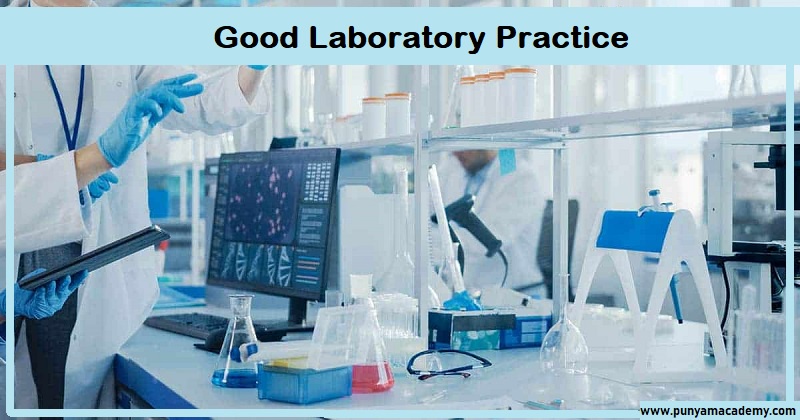The term "good laboratory practice," or GLP, refers to a set of guidelines that are meant to ensure the integrity and quality of non-clinical laboratory studies that are used to support research or marketing approvals for products that are controlled by the government. The term "good laboratory practices" (GLP) is most frequently related to the pharmaceutical sector and the mandatory non-clinical animal testing that must be completed before the approval of new medication products. However, many additional non-pharmaceutical compounds are covered by GLP, including food additives, colouring agents, food contamination limits, food packaging, and medical devices.
Only non-clinical research and testing are covered by GLP. Studies conducted in clinics are not covered. The Declaration of Helsinki, Good Clinical Practices (GCP), and other laws meant to ensure the safety of human participants control clinical trials, therefore this is very important. However, a significant portion of the GLP structure is dependent on the roles and responsibilities of the Study Director, an individual is a charge of managing and carrying out all parts of the non-clinical study. Since there are no Study Directors in the field of clinical studies, GLP principles cannot be effectively used there.
As we all know, the goal of laboratory studies is to gather data that may be helpful in the creation of new medications and treatments. The need for regulatory compliance investigations is decreased because this data is more trusted when it is gathered in a GLP-compliant lab and can be more confident in the results and findings of the laboratory study. In terms of producing beneficial outcomes and avoiding erroneous conclusions, the lab can be more productive. The GLP compliance lab improves the company's overall image as well as that of the facility.
Two additional things must know outside of the scope. Firstly, GLP is a quality management system, not a science management system. In other words, GLP establishes a set of requirements for the conduct of studies, the gathering of data, and the reporting of findings. GLP does not specify any scientific criteria. If a study adheres to GLP, you can be reasonably sure that the reported findings were obtained by the study protocol; however, you cannot be certain that the study addresses the scientific hypothesis. This is where the Good Laboratory Practices Training may prove particularly advantageous. In the world of making, GLP would ensure that someone followed the formula precisely as written; however, it does not guarantee that the formula was good or that the final product will be excellent!
As we know the GLP certification requires many types of documents. Those laboratories that want to acquire a (GLP) Good Laboratory Practices System Certificate must begin preparing the good laboratory practices documents listed below for the application process:
- List of tools and equipment that are required
- Information about the studies completed by the laboratory
- Good laboratory practices institution official notification form
- Good laboratory practice control form
- Good laboratory practices compliance monitoring program
- Laboratory legal status and trade registry
- Good laboratory applications control form
- Laboratory documents of the laboratory manager, work manager, and quality assurance officer
- Documents of related field, title, experience period, and signature examples
- Laboratory and organization chart documents
- Quality system document
- All instructions on good laboratory practices documents


No comments yet